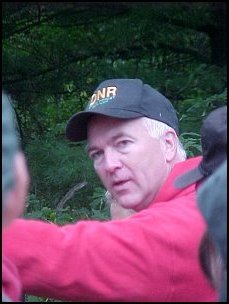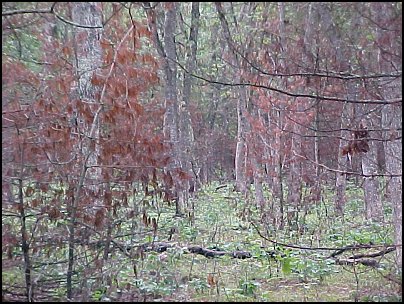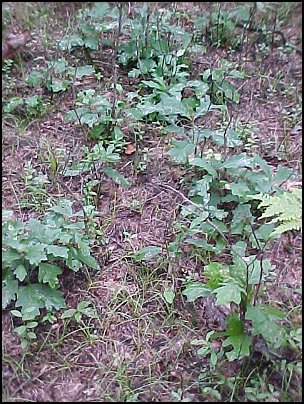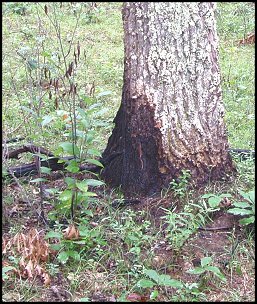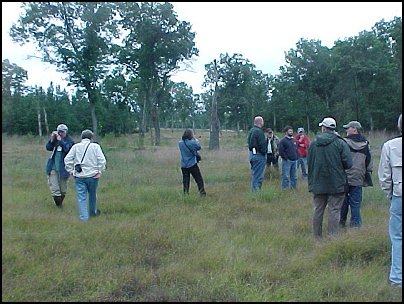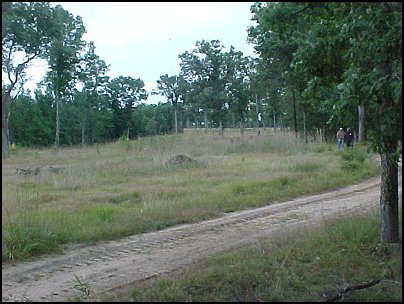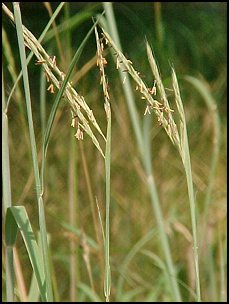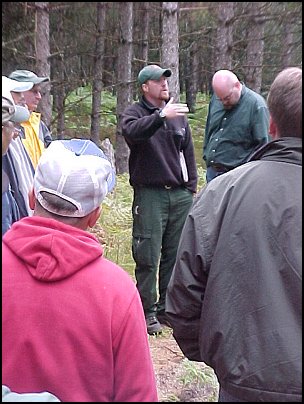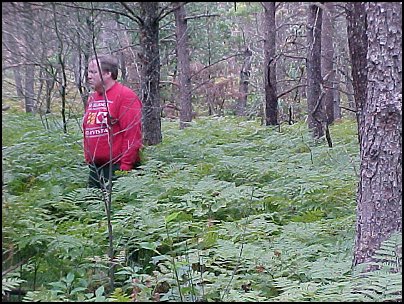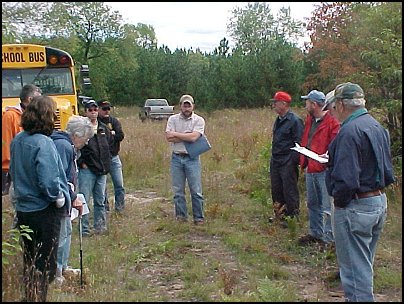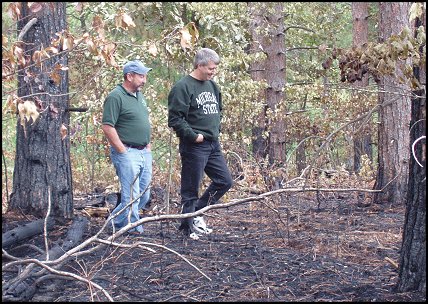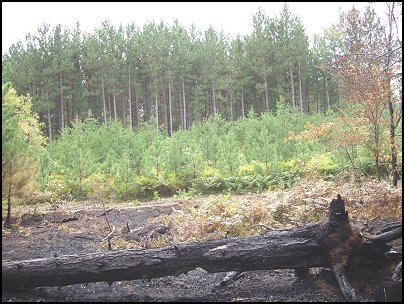|
|
||||

Perception,
Partners, and Prescribed Fire
A
joint conference with the
8-9 September,
2006
Cadillac Woods Resort,
|
9 Sep. 2006 Field Sessions - Saturday |
|
|
|
|
| King
Burn on state land. Burned 24 May 2006, about 13 acres. Bryce Avery (DNR)
shows the group an oak stand where underburning has eliminated understory
competition (lots of killed white pine) to release oak regeneration, and
to reduce the duff layer. A partial harvest of the oak is scheduled. The
burn was successful. |
|
|
|
|
| 32nd Street Burn. Burned twice, 15 August
2001 and 8 October 2003; about 32 acres. A spring 2007 burn is scheduled.
Cory Borgman (USFS) explains how fire was used to help create/restore
a jack pine savannah, although little jack pine was present and oaks dominated
the tree composition. The open area had some cool and warm season grasses
(and some forbs and shrubs), but remained dominated by Pennsylvania sedge.
The objective is increase the reproduction of warm season grasses (e.g.
the bluestems, Indian grass). Pockets were burnt into the sedge mat to
encourage the grasses. Desired results were achieved with a moderately
fast hot fire. |
|
|
|
|
|
Wolf Lake Burn. Burned 18 April 2006, about 70 acres. Cory Borgman (USFS) explained the area received storm damage in 1998 (lots of blowdown, high fuel loads). Jack pine was piled and burned during the winter of 1999. The residual red pine was thinnned in 2000. The objective was to reduce the 100-hour fuel load 30-65% and reduce the 1-hour fuels 60-100%. Overstory mortality was to be kept under 10%. The fire successfully reduced the fuel loads to prescribed levels. Some red pine stems were scorched and stand mortality will be monitored. Bracken fern responded very positively to the fire. |
|
|
|
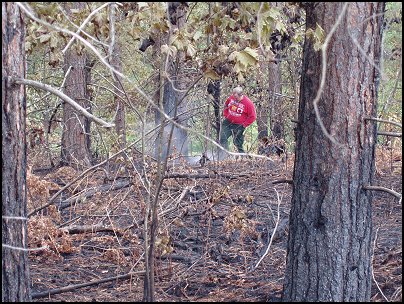
Hot spot from two day-old burn. |
|
Steve
Cross and Paul Rogers inspect burn site. |
Progressive
ladder fuels, challenge adjacent to burn site. |
| Buckley Pine Burn. Burned 7 September 2006.
The objective is to secure natural red pine regeneration and removal of
understory red maple and juneberry. Aspen suckering may become a post-burn
threat to red pine regeneration. Oak regeneration will be acceptable.
The burn conditions from two days age were insufficient to carry the fire
across entire treatment area. The site will be re-visited to complete
treatment when conditions are more acceptable. At a nearby site, Jason
has installed a set of three photo points to provide visual records of
fire-induced changes. |
|
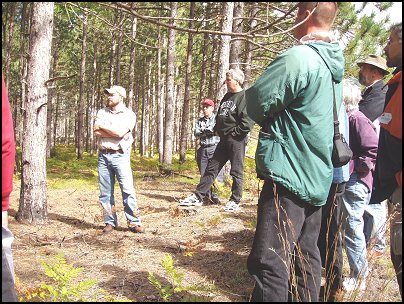 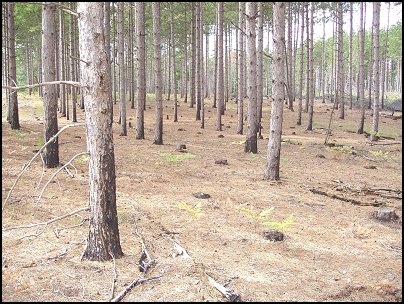
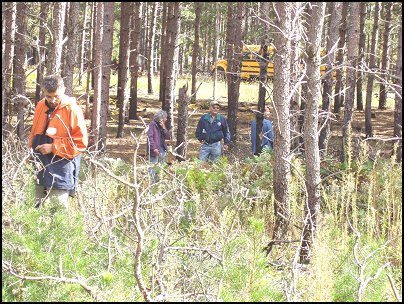 |
|
|
|
|
![]() TOP Press arrow to return to the top of this
page.
TOP Press arrow to return to the top of this
page.
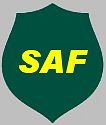
This website is maintained
by Bill Cook,
Last update of this page was
29 September, 2006
This site is hosted by School of Forest Resources and Environmental Science at Michigan Technological University.
